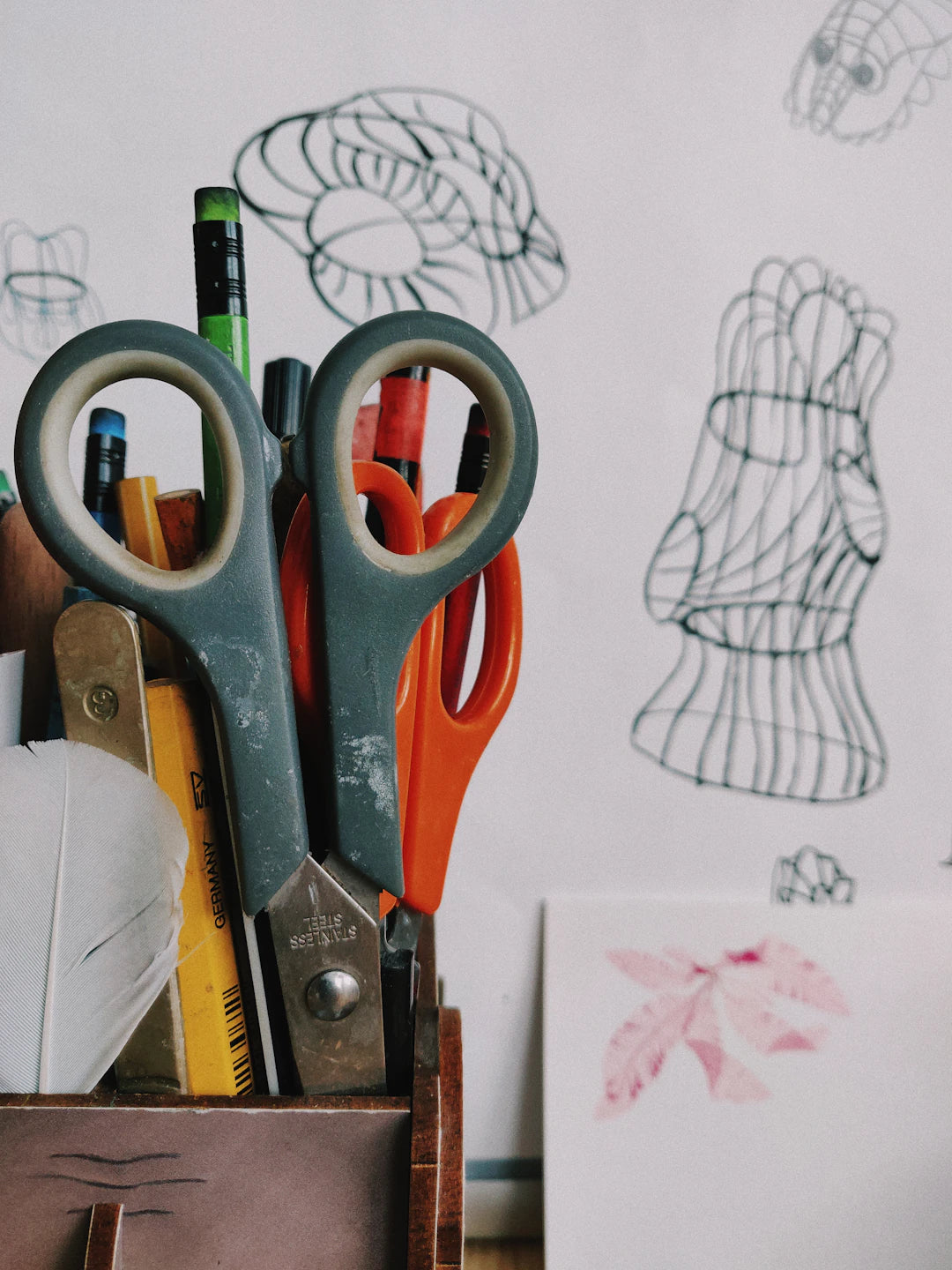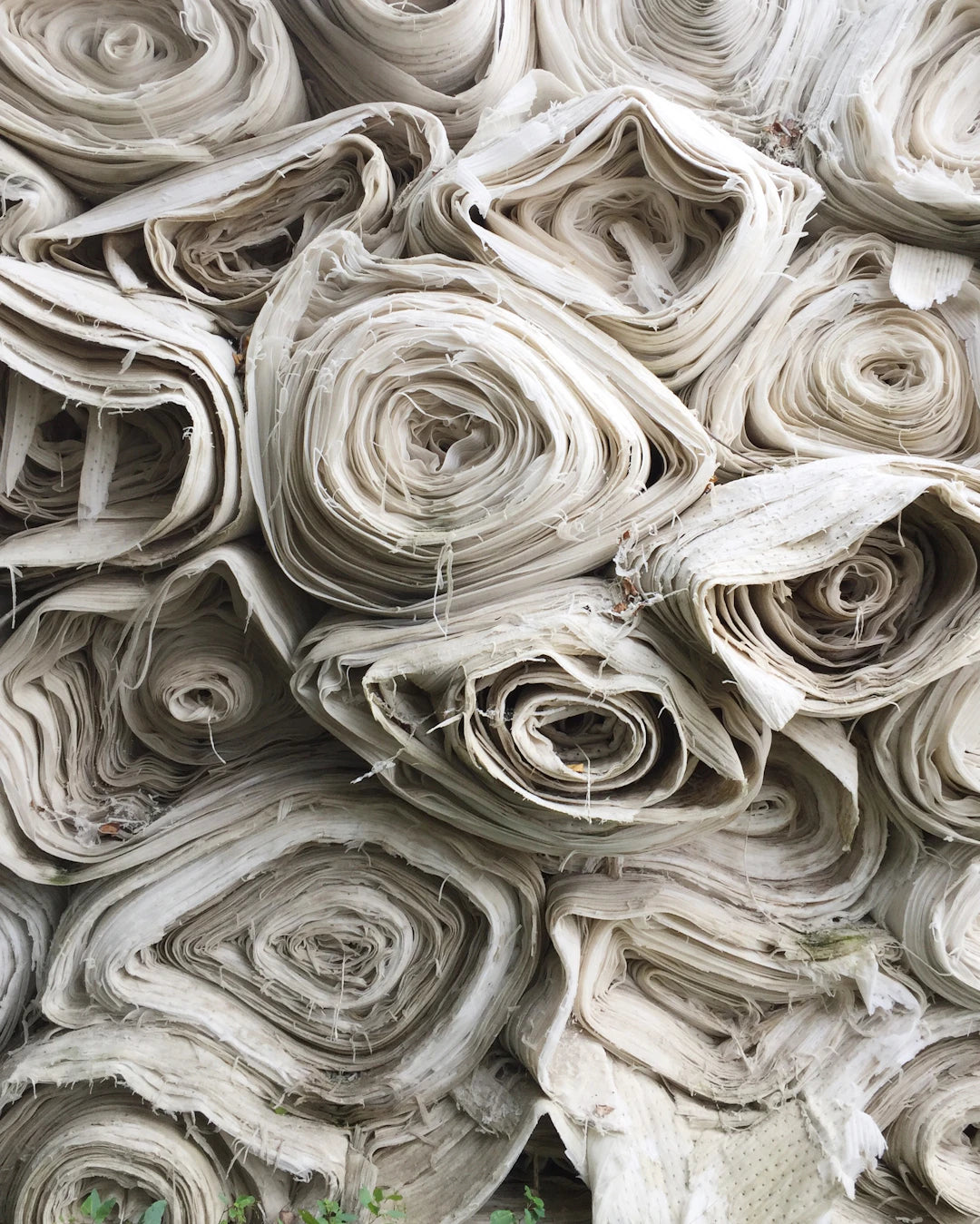Digital art has revolutionized how we create, enabling artists to bring their visions to life with ease and precision. Among the numerous tools that artists can utilize, Procreate stands out as a powerful app for painting and sketching. One of the most beneficial features within Procreate is the ability to use reference images effectively. Whether you are designing a stunning piece of art or crafting unique Procreate templates, reference images can make a world of difference. In this article, we’ll explore how to use reference images effectively in Procreate, enhancing your creative process and enriching your artwork.
The Importance of Reference Images
Reference images serve as visual guides in the creative process. They help in numerous ways, such as:
- Providing inspiration for new projects
- Offering accurate proportions and anatomy to depict subjects
- Serving as color palettes for your designs
- Allowing artists to explore composition and layouts beforehand
Incorporating reference images into your workflow can massively elevate the quality of your artwork. By grounding your creative process with visual aids, you can maintain accuracy while exploring your unique concepts.
Finding the Right Reference Images
When it comes to choosing reference images, quality is paramount. Here are some tips for selecting images that will benefit your Procreate endeavors:
Focus on High-Resolution Images
High-quality, high-resolution reference images provide clear details that improve accuracy in your artwork. Blurry or pixelated images can lead to misinterpretations and inaccuracies in your final piece. Opt for images that show details that matter, whether you are designing a PRO Necklace or drawing a portrait.
Look for Diverse Angles
Diverse angles offer various perspectives on your subject. Experimenting with images taken from unique angles can introduce depth and realism into your illustrations. To create well-rounded designs, gather reference images from different viewpoints, ensuring you capture all of the essential details.
Importing Reference Images into Procreate
Understanding how to import reference images into Procreate is key to utilizing them effectively. Here’s a step-by-step guide:
- Open Procreate and the canvas you want to work on.
- Tap the "+" icon in the top right corner to open the "Insert a photo" option.
- Select the image from your photo library or files.
- Once inserted, resize and position the image on your canvas as desired.
After importing your reference images, use the "Adjustments" tool to change their opacity. Lowering the opacity allows you to see your artwork beneath the reference image, making sketching and painting much easier.
Organizing Your Reference Images
Organization is a crucial step that many artists overlook. Maintaining an organized library of reference images can boost productivity in your Procreate sessions. Here are some strategies:
Create Folders by Themes or Projects
Utilize albums or folders in your photo library to categorize reference images based on themes, characters, or projects. For instance, if you are working on a collection that involves the PRO Necklace, keep all related images together for quick access. This setup can save time when you need to tweak designs or reinterpret concepts.
Use Procreate Features for Organization
Procreate allows you to create canvases with multiple reference images in one. Consider assembling a dedicated canvas to house several references for a single project. This approach helps you visualize different elements side by side, aiding comparison and contrasting.
Using Reference Images for Different Art Styles
The beauty of Procreate is its flexibility in accommodating various art styles. Reference images can be adapted to suit different techniques. Here’s how to use them effectively for various styles:
Realism
For realism, pay close attention to lighting, shadows, and textures in your reference images. These elements can be essential in achieving lifelike portrayals. Use multiple references to capture intricate details, including facial features or fabric textures if you're drawing clothing and accessories, such as the PRO Necklace.
Cartoon and Illustration Styles
In cartoon styles, simplify the elements from a reference image while maintaining the essential characteristics. Use references more for proportion than detail. Remember that exaggerating certain features can work wonders in giving your illustrations personality.
Abstract Art
In abstract works, reference images can serve as a starting point rather than a strict guide. Use them to inform color palettes or general shapes, while allowing your creativity to take the forefront. Reference images can kickstart ideas that lead to innovative artworks.
Adapting and Modifying Reference Images
Don’t hesitate to adapt reference images to fit your creative vision. Here are some strategies for modifying references to enhance your artwork:
Sketching Over Reference Images
After importing your reference image and lowering the opacity, use Procreate's brush tools to sketch over the image. This approach lets you capture the fundamental shapes and aspects while developing your style. It’s an effective way to study proportions without getting lost in details.
Color Exploration
If your reference image is in color, use it to inform your color choices. Select color swatches directly from the photo or create color palettes that resonate with the original image. This method works wonders when crafting designs or Procreate templates that require a cohesive color scheme.
Leveraging Reference Images for Character Design
When it comes to character design, reference images are invaluable. Here’s how to make the most of them:
Facial Features and Expressions
When designing characters, examine reference images for various facial structures, expressions, and emotions. These details enrich your character design, making it more relatable and recognizable. Use references of real people, illustrations, or even snapshots from shows that resonate with your desired character development.
Body Language and Poses
Incorporating dynamic poses from reference images can breathe life into your character drawings. Study movement and expressions to create characters that feel active rather than stiff. This can be particularly beneficial if you’re creating action designs or storytelling illustrations.
Common Mistakes to Avoid with Reference Images
While utilizing reference images can enhance your artwork, there are common pitfalls to be aware of:
- Avoid over-reliance: Reference images should be a guide, not a crutch. Allow your creativity to emerge beyond the confines of reference.
- Neglecting originality: While references are helpful, ensure your artwork showcases your unique take, especially in projects involving original designs.
- Ignoring scale: Pay attention to scale when using reference images, especially if you're creating massive artworks or detailed designs like the PRO Necklace.
Enhancing Your Skills Through Practice
The best way to get comfortable with using reference images is consistent practice. Experiment with different types of references and explore various styles. Each practice can lead to discoveries in your work, allowing you to note what techniques enhance your style and creativity.
Join Online Communities
Engaging with online art communities can provide you with feedback and more resources for effective art creation. Sharing your work using reference images allows fellow artists to offer critiques and suggestions, amplifying your learning curve.
Educational Resources
Investing time in online tutorials can vastly improve your understanding of how to integrate reference images effectively into your practice. Whether it’s through video lessons or written guides, continuously learning is essential in developing your artistic voice.
Final Thoughts on Reference Images in Procreate
Embracing reference images in Procreate is not just about accuracy; it’s about enhancing your creative process. Whether you’re crafting intricate Procreate templates or designing unique character artworks, using references allows for exploration and growth. Don't shy away from experimenting, adapting, and modifying references to fit your vision. With persistence, you’ll find that effective use of reference images can add depth and quality to your artwork, making your creations stand out in the vibrant digital art community. So, unleash your imagination, and let reference images guide you to new artistic heights!





Leave a comment
This site is protected by hCaptcha and the hCaptcha Privacy Policy and Terms of Service apply.